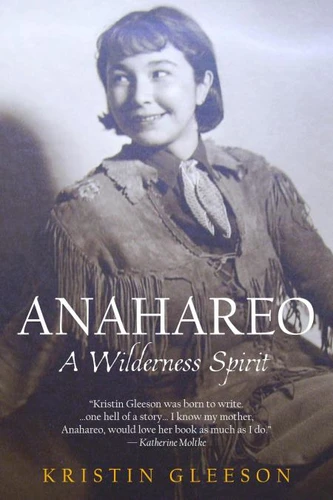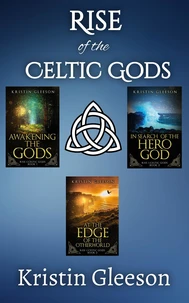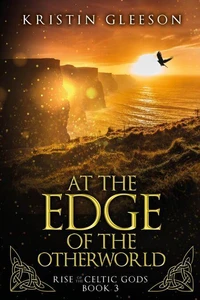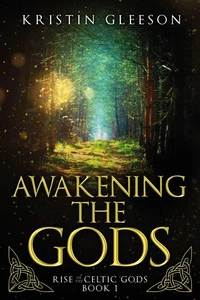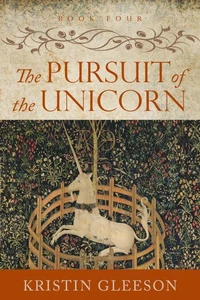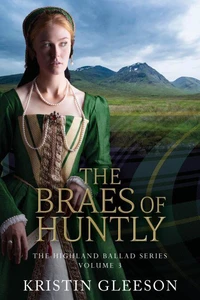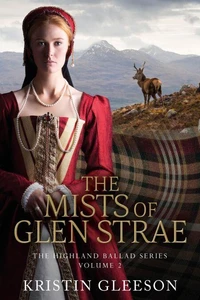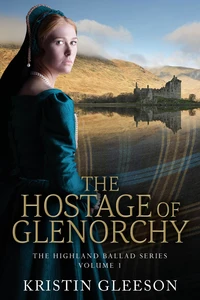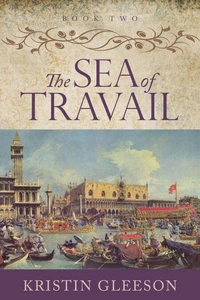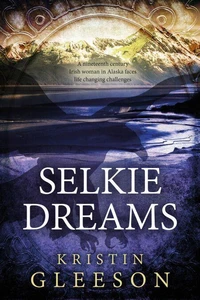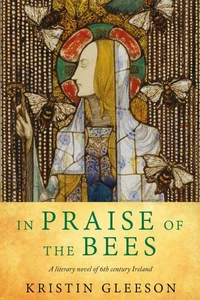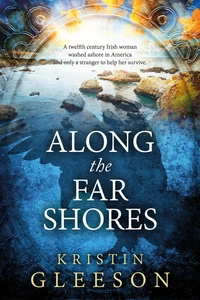Anahareo:A Wilderness Spirit
Par :Formats :
Disponible dans votre compte client Decitre ou Furet du Nord dès validation de votre commande. Le format ePub est :
- Compatible avec une lecture sur My Vivlio (smartphone, tablette, ordinateur)
- Compatible avec une lecture sur liseuses Vivlio
- Pour les liseuses autres que Vivlio, vous devez utiliser le logiciel Adobe Digital Edition. Non compatible avec la lecture sur les liseuses Kindle, Remarkable et Sony
 , qui est-ce ?
, qui est-ce ?Notre partenaire de plateforme de lecture numérique où vous retrouverez l'ensemble de vos ebooks gratuitement
Pour en savoir plus sur nos ebooks, consultez notre aide en ligne ici
- FormatePub
- ISBN8227925992
- EAN9798227925992
- Date de parution01/09/2024
- Protection num.pas de protection
- Infos supplémentairesepub
- ÉditeurBig Dog Books, LLC
Résumé
Stylish and controversial, in the 1930s Anahareo confronted Canadian indigenous women stereotypes while she challenged the approach to wilderness conservation that focused on profit. Her view influenced Grey Owl and eventually many others across Europe and North America toward a new idea of wilderness conservation. Growing up Gertrude Bernard, an Algonquin/Mohawk girl in a small Ontario town in the time around the First World War, Anahareo was more at home climbing trees and swimming in the river than playing with dolls or sewing samplers.
When she was nineteen she convinced her father to let her go and work at Camp Wabikon, a vacation spot for wealthy New Yorkers hoping to experience the wilderness first hand. There she met the handsome and magnetic trail guide, Archie Belaney, who with his long hair, buckskin pants and Hudson's Bay belt, symbolized everything she desired--an adventurous man of the wilderness. He would later become the controversial wilderness advocate, Grey Owl. The attraction was mutual and Archie wasted no time in inviting the young Gertrude to visit him at his traplines in the bush.
Her decision would change her life. In this meticulously researched book, Kristin Gleeson situates Anahareo and her conservationist partner Grey Owl in the context of changing times from the days of unrestrained fur trapping in the 1920s to modern conservation movements. We see how Anahareo, a vibrant Iroquois woman, lives her life passionately in the face of the Aboriginal stereotypes of her day and, "bucking the wind" to the end, makes her eloquent pleas for a thoughtful and compassionate interaction with the world around us.
--Jane Billinghurst, Grey Owl: The Many Faces of Archie Belaney
When she was nineteen she convinced her father to let her go and work at Camp Wabikon, a vacation spot for wealthy New Yorkers hoping to experience the wilderness first hand. There she met the handsome and magnetic trail guide, Archie Belaney, who with his long hair, buckskin pants and Hudson's Bay belt, symbolized everything she desired--an adventurous man of the wilderness. He would later become the controversial wilderness advocate, Grey Owl. The attraction was mutual and Archie wasted no time in inviting the young Gertrude to visit him at his traplines in the bush.
Her decision would change her life. In this meticulously researched book, Kristin Gleeson situates Anahareo and her conservationist partner Grey Owl in the context of changing times from the days of unrestrained fur trapping in the 1920s to modern conservation movements. We see how Anahareo, a vibrant Iroquois woman, lives her life passionately in the face of the Aboriginal stereotypes of her day and, "bucking the wind" to the end, makes her eloquent pleas for a thoughtful and compassionate interaction with the world around us.
--Jane Billinghurst, Grey Owl: The Many Faces of Archie Belaney
Stylish and controversial, in the 1930s Anahareo confronted Canadian indigenous women stereotypes while she challenged the approach to wilderness conservation that focused on profit. Her view influenced Grey Owl and eventually many others across Europe and North America toward a new idea of wilderness conservation. Growing up Gertrude Bernard, an Algonquin/Mohawk girl in a small Ontario town in the time around the First World War, Anahareo was more at home climbing trees and swimming in the river than playing with dolls or sewing samplers.
When she was nineteen she convinced her father to let her go and work at Camp Wabikon, a vacation spot for wealthy New Yorkers hoping to experience the wilderness first hand. There she met the handsome and magnetic trail guide, Archie Belaney, who with his long hair, buckskin pants and Hudson's Bay belt, symbolized everything she desired--an adventurous man of the wilderness. He would later become the controversial wilderness advocate, Grey Owl. The attraction was mutual and Archie wasted no time in inviting the young Gertrude to visit him at his traplines in the bush.
Her decision would change her life. In this meticulously researched book, Kristin Gleeson situates Anahareo and her conservationist partner Grey Owl in the context of changing times from the days of unrestrained fur trapping in the 1920s to modern conservation movements. We see how Anahareo, a vibrant Iroquois woman, lives her life passionately in the face of the Aboriginal stereotypes of her day and, "bucking the wind" to the end, makes her eloquent pleas for a thoughtful and compassionate interaction with the world around us.
--Jane Billinghurst, Grey Owl: The Many Faces of Archie Belaney
When she was nineteen she convinced her father to let her go and work at Camp Wabikon, a vacation spot for wealthy New Yorkers hoping to experience the wilderness first hand. There she met the handsome and magnetic trail guide, Archie Belaney, who with his long hair, buckskin pants and Hudson's Bay belt, symbolized everything she desired--an adventurous man of the wilderness. He would later become the controversial wilderness advocate, Grey Owl. The attraction was mutual and Archie wasted no time in inviting the young Gertrude to visit him at his traplines in the bush.
Her decision would change her life. In this meticulously researched book, Kristin Gleeson situates Anahareo and her conservationist partner Grey Owl in the context of changing times from the days of unrestrained fur trapping in the 1920s to modern conservation movements. We see how Anahareo, a vibrant Iroquois woman, lives her life passionately in the face of the Aboriginal stereotypes of her day and, "bucking the wind" to the end, makes her eloquent pleas for a thoughtful and compassionate interaction with the world around us.
--Jane Billinghurst, Grey Owl: The Many Faces of Archie Belaney

